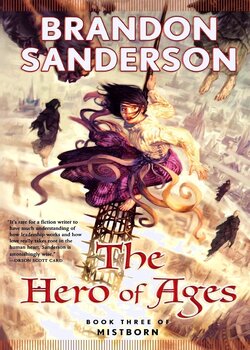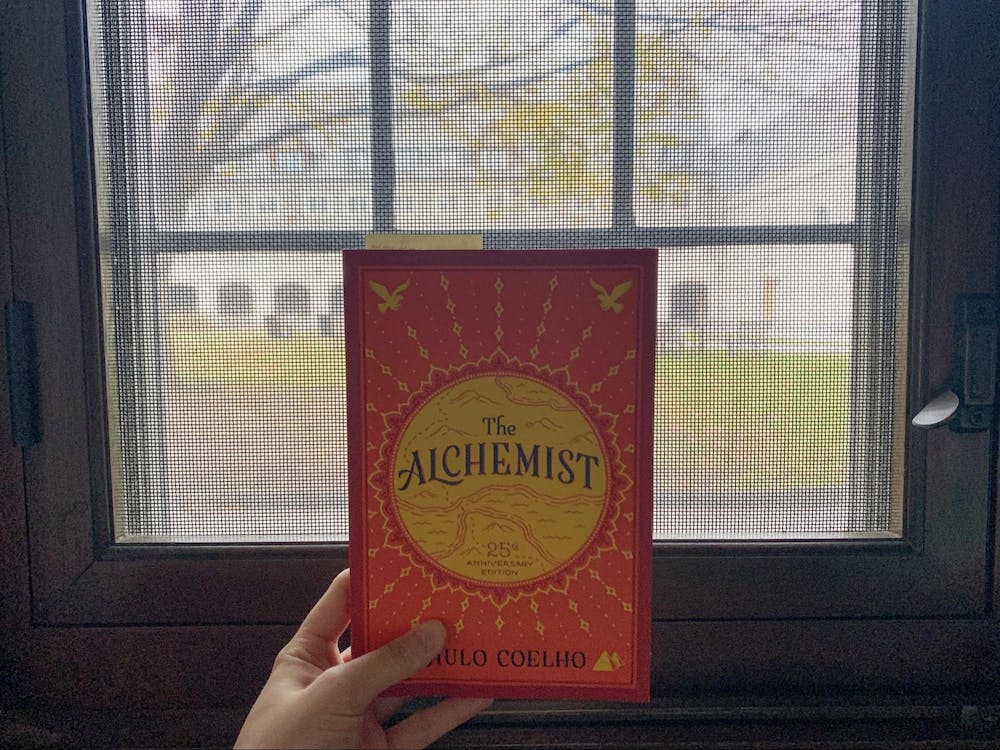
The Hero of Ages, the third and concluding book of the initial trilogy Mistborn, is not just a testament to Sanderson’s mastery over storytelling but also a vivid demonstration of his innovative approach to fantasy world-building, character development, and thematic exploration. Let’s dive into the myriad aspects that make The Hero of Ages a compelling finale to what could be considered one of the most influential fantasy series of the early 21st century.
World-Building and Magic System
Sanderson is renowned for his unique and meticulously crafted magic systems, and The Hero of Ages is no exception. The novel further explores the intricacies of Allomancy and Feruchemy, delving deeper into the origins and implications of these powers. What sets Sanderson’s world-building apart is not just the complexity and originality of his magic systems but also how they are interwoven with the world’s history, culture, and religions. The result is a richly detailed and immersive world that feels both expansive and intimately connected to the characters’ journeys.
Plot and Pacing
The Hero of Ages continues the epic tale of Vin, Elend Venture, and their companions as they struggle to save their world from the impending apocalypse foretold by the ancient prophecies. The narrative is a masterclass in balancing multiple storylines, ensuring that each character’s arc progresses meaningfully while contributing to the overarching plot. Sanderson skillfully maintains a brisk pace throughout the novel, with a perfect blend of action, intrigue, and emotional depth. The plot twists are both surprising and satisfying, culminating in a finale that is epic in every sense of the word.
Character Development
One of Sanderson’s greatest strengths lies in his ability to create complex, relatable characters. The Hero of Ages showcases this through its nuanced character arcs. Vin and Elend, in particular, undergo significant development, grappling with their identities, responsibilities, and the heavy burden of leadership. The supporting cast is equally compelling, with each character providing a unique perspective on the world and the challenges it faces. Sanderson’s characters are not just heroes and villains; they are deeply flawed individuals trying to make the right choices in a world where the line between good and evil is often blurred.
Themes and Messages
The Hero of Ages is rich in themes that resonate on a universal level—sacrifice, faith, hope, and the nature of power. Sanderson explores these themes with a thoughtful nuance, avoiding easy answers and instead presenting a narrative that encourages reflection. The novel examines the cost of heroism and the sacrifices required to achieve a greater good, challenging the reader to consider the weight of such decisions. Additionally, the exploration of faith—both in oneself and in a higher purpose—adds a profound depth to the narrative, making it not just a story of magical battles and political intrigue but a contemplative journey into the heart of human resilience.
Overall
Brandon Sanderson’s The Hero of Ages is a fitting conclusion to a trilogy that has set new standards in the fantasy genre. It is a novel that combines breathtaking scope with intimate character studies, a testament to Sanderson’s skill as a storyteller. The intricate plot, innovative magic system, and deep thematic exploration make it a must-read for fans of epic fantasy. Beyond its entertainment value, the novel invites readers to ponder profound questions about power, faith, and sacrifice. In the end, The Hero of Ages is not just a story about saving the world—it is a meditation on what it means to be truly heroic.


